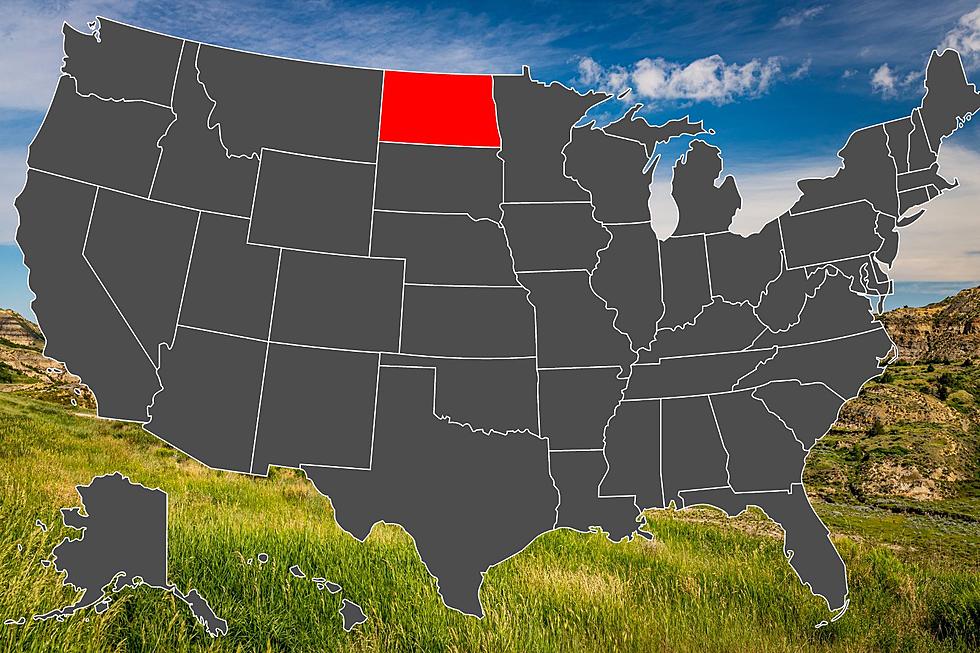
Dinosaurs In The Dakotas
Walk into the North Dakota Heritage Center and State Museum and you will see the skeletons of past inhabitants of North Dakota. Currently on display is an Exhibit, Adaptation Gallery: Geologic Time-When Dinosaurs Ruled.
65 million years ago western North Dakota was a huge delta and exotic animals including dinosaurs lived in this subtropic environment. The North Dakota Heritage Center has many fossils including a Triceratops skull, a flying Pteranodon and its nest with babies, and also an Edmontosaurus leg bone with gnaw marks from a Tyrannosaurus Rex bites.
This past week in Paris at an auction house, a private collector bought the world's biggest triceratops skeleton, known as "Big John" for $7.7 million dollars.
The skeleton is estimated to be over 66 million years old. It was found in South Dakota in 2014. Big John, named after the owner of the land where it was found.
And just how big is it? The skeleton is 23 feet long and stands 8 feet high at the hips. The skull is more than one-third of its total length, with 2 large horns over 3 feet long. That is huge! And a private collector purchased it, no idea where that collector lives.
In the summer, the ND Geological Society hosts dinosaur digs in various areas in North Dakota. I went on one a few years ago south of Dickinson. I found a part of a shoulder, the ball part, it was larger than a softball. I thought it was just a rock until I waved a geologist over and he excitedly told me it was the shoulder from a dinosaur. I can't remember what kind...it was one I never heard of, so I just call it "the Dollyasaurus".
The spots for the dinosaur digs will up fast, so keep your eyes open. Maybe you will find a big discovery out in the hills and prairies of North Dakota.
LOOK: Stunning animal photos from around the world
More From US 103-3









